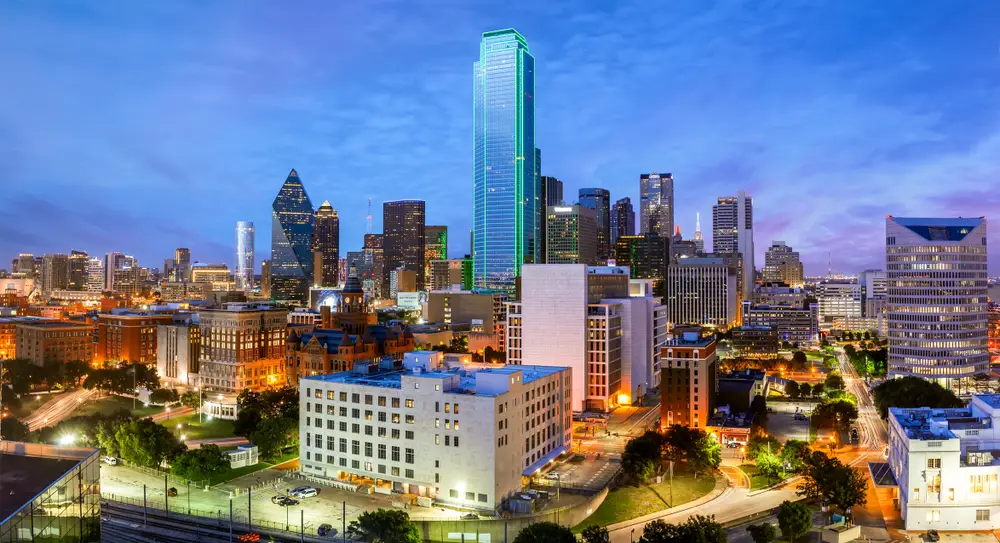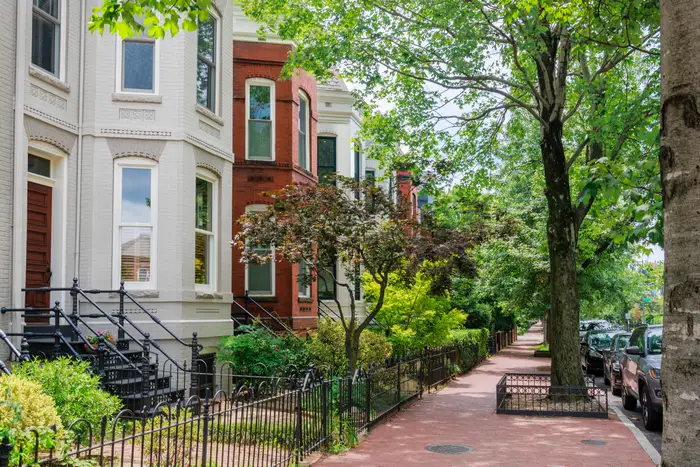A record number of apartments are getting built this year. That’s great news for real estate affordability.

In Sun Belt cities like Dallas, an influx of new apartment supply is coming to meet a surge in population.
2024 is the year of the apartment.
The US will see construction on a record number of apartments completed this year. The tally will be 518,108 rental units, up 9% from last year and 30% from 2022, according to a recent report from RentCafe.
Such an influx of supply will moderate rent-price increases that are already slowing, and experts say it will likely offer buyers some relief on home prices as well.
“Supply is good no matter what form it takes. Be it single family or multifamily, additional supply is very good and tends to moderate both home prices and rents,” Laurie Goodman, founder of the Housing Finance Policy Center at the Urban Institute, told B-17.
It’s a classic supply-and-demand equation: The more apartments are available, the less rent can be charged. That, in turn, increases the relative appeal of apartments, which can come at the expense of homebuying and push housing prices lower.
“People look at continuing to rent versus buying, and say, ‘Well, wait a second. Renting is awfully attractive. I’m going to hold off on that purchase,’ which softens demand on the purchase side,” Goodman said.
America’s apartment hotspots
The record apartment supply in 2024 is being driven to an outsize degree by the Sun Belt region, where metros like Dallas and Austin saw a huge population influx in the last few years.
Adding to the appeal is the fact that it’s easier to build and get permits in the Sun Belt, relative to more densely populated places like New York, said Chen Zhao, who heads the economics team at Redfin.
Dallas and Austin in particular are seeing record apartment supply amid increased demand, ranking second and third for new-apartment construction this year, trailing only New York. Combined, the two metros make up 10% of new apartments coming to market nationwide.
They’re now seeing rent prices fall, or at least remain stagnant as the rest of the nation lags behind. In Austin, the median rent price fell 8.4% year-over-year this month, according to Zillow data.
Temporary relief
But the lower prices won’t last for long. Zhao says that as builders saw the surge in construction in places like the Sun Belt region, they realized prices were on an unsustainable ascent, so they pulled back on new permits and construction starts.
That means the market will eventually balance itself in the next few years, which will lead rent prices to once again rise, she said.
“There will be place-to-place, local variation, but nationally it’s probably going to stay pretty flat. But after that, you know, builders have really started to pull back, so you will see a lot less supply coming on the market, and you will see more pressure on rent prices again,” Zhao said.
A Harvard study reiterates that point, and suggests tough economy in the future for multifamily development.
“Subdued rent growth will not last long,” the researchers wrote. “New construction starts are dropping rapidly, and financial conditions are increasingly impeding multifamily development projects.”






